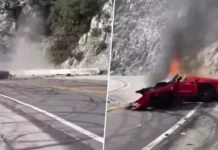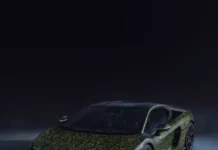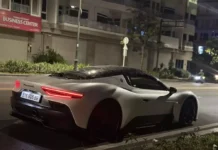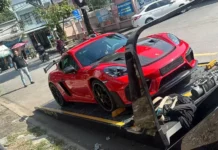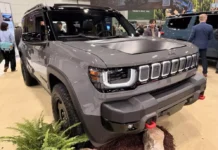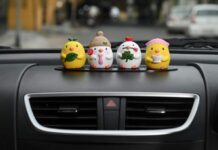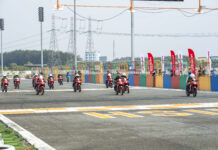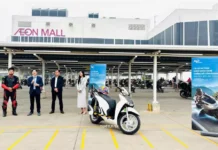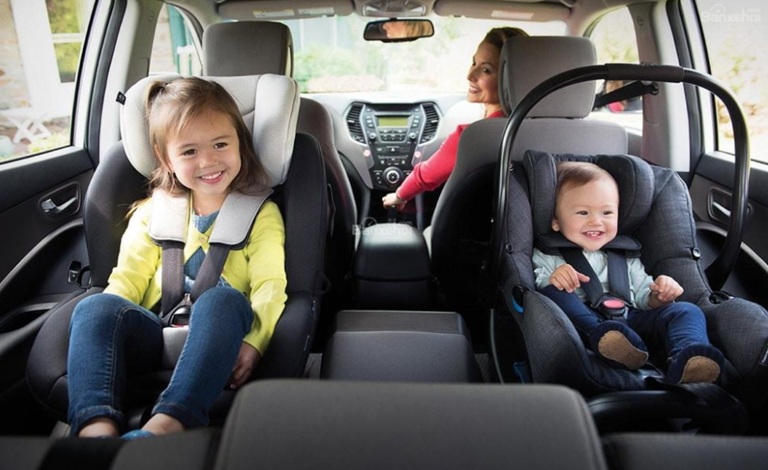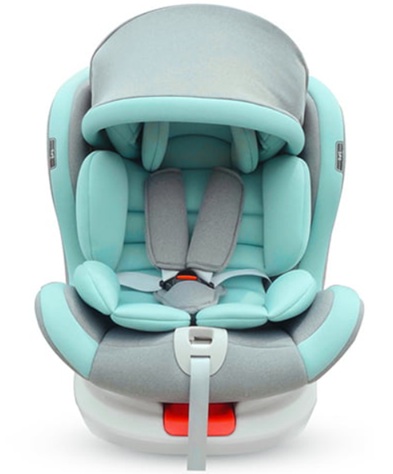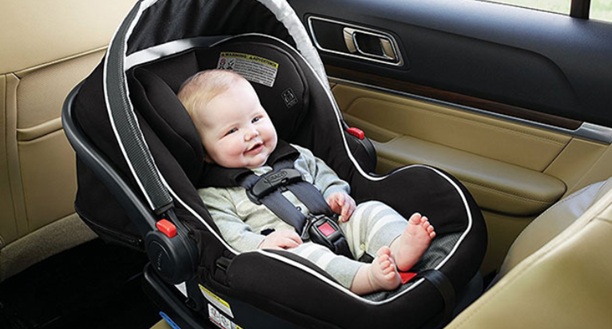Effective January 1, 2026, new regulations on child safety in vehicles will come into force, marking a significant change in the 2024 Road Traffic Order and Safety Law.
According to Article 10 of this Law, children under 10 years old and less than 1.35 meters tall are prohibited from sitting in the same row as the driver, except in vehicles with only one row of seats (such as pickup trucks or vans). Additionally, drivers must use or guide the use of specialized child safety devices to ensure children are properly protected during travel.
These specialized safety devices will help secure and protect a child’s body while the vehicle is in motion or in the event of a collision, significantly reducing the risk of injury from sudden braking or impact.
The National Traffic Safety Committee advises that the use of these devices varies depending on the child’s age and height.
For children under 2 years old, parents should use a rear-facing car seat or crib. In the event of a frontal collision, the impact force is distributed across the child’s back, significantly reducing the risk of injury to the neck and head—the most vulnerable areas for young children. Statistics show that rear-facing seats can reduce the risk of fatal or severe injuries by up to 90% compared to unrestrained children.
Children aged 2 to 6 should be secured in a dedicated car seat with a harness. As they grow, typically between 6 to 8 years old, they can transition to a booster seat to ensure the seatbelt rests correctly across the shoulders and hips.
For children aged 8 to 10, when their bodies are more developed, parents can use a seat cushion instead. The U.S. National Highway Traffic Safety Administration (NHTSA) recommends that children continue using a booster seat or cushion until they reach a minimum height of 1.45 meters to ensure the seatbelt functions optimally.
Also starting January 1, 2026, Decree 168/2024/NĐ-CP outlines penalties for violations. Specifically, drivers will face fines ranging from 800,000 to 1,000,000 VND if they allow children under 10 years old and less than 1.35 meters tall to sit in the same row as the driver or fail to use the required safety devices when transporting children in a vehicle. This regulation does not apply to vehicles with only one row of seats.
According to traffic safety experts, this new regulation represents a major step forward in protecting children in vehicles. The mandatory use of safety devices aligns Vietnam with international standards and raises parental awareness about the importance of properly positioning and securing children in vehicles.
In reality, many parents still allow children to sit in the front seat or hold them in their arms while driving, actions that seem harmless but are extremely dangerous. In the event of a collision, the impact force can be dozens of times greater than the child’s body weight, rendering standard adult seatbelts ineffective.
The implementation of this new regulation aims not only to increase deterrence but also to reduce child fatalities and injuries in traffic accidents.
TH (Tuoitrethudo)
The Prime Minister Calls for AI Integration in Traffic Violation Detection
Prime Minister [Name] has instructed the police and relevant authorities to step up patrols and enforce strict legal action against those who violate traffic rules and cause serious accidents. This directive emphasizes the government’s commitment to road safety and sends a strong message to deter reckless driving and ensure the well-being of all citizens.
The Traffic Police Head to the ‘Capital’ of Hoai Duc’s Biscuit and Candy Village to Curb the Use of Self-Made Vehicles
In recent times, there has been a crackdown on self-made vehicles, with many being sold off to outlying areas or neighboring provinces of Hanoi. Despite these efforts, the reality is that the demand for these vehicles still persists among the local population, making it a challenge to effectively discourage and eliminate their use through mere advocacy and awareness campaigns.



